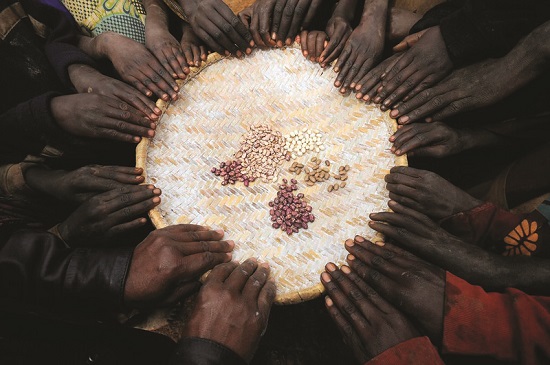The Seed Information Database

In this course, we take a deep dive into the type of scientific knowledge that will help you make better decisions when planning strategies for storage. Fortunately, you are not alone. You have access to knowledge generated by many scientists before you. A particularly useful resource is the Seed Information Database developed by the Millennium Seed Bank, part of the Royal Botanic Gardens in the United Kingdom.
Activity 2: exploring the Seed Information Database
Allow ten minutes for this activity.
If you are not already familiar with it, link to the search function of the Seed Information Database. Type in the genus and species name of soybean, Glycine max, or choose another crop you are interested in. This will interrogate the database and give you information that researchers have discovered about the crop, such as seed weight, oil content, protein content and so on. As you work through the course, you will become familiar with the different types of evidence you can find in the Seed Information Database, and the helpful predictions this evidence enables you to make.
Use the note-writing box below to record what you have learned from the Seed Information Database so far. Your notes are for your own personal development, and will not be shared with moderators or colleagues on the course.
Factors influencing seed longevity
